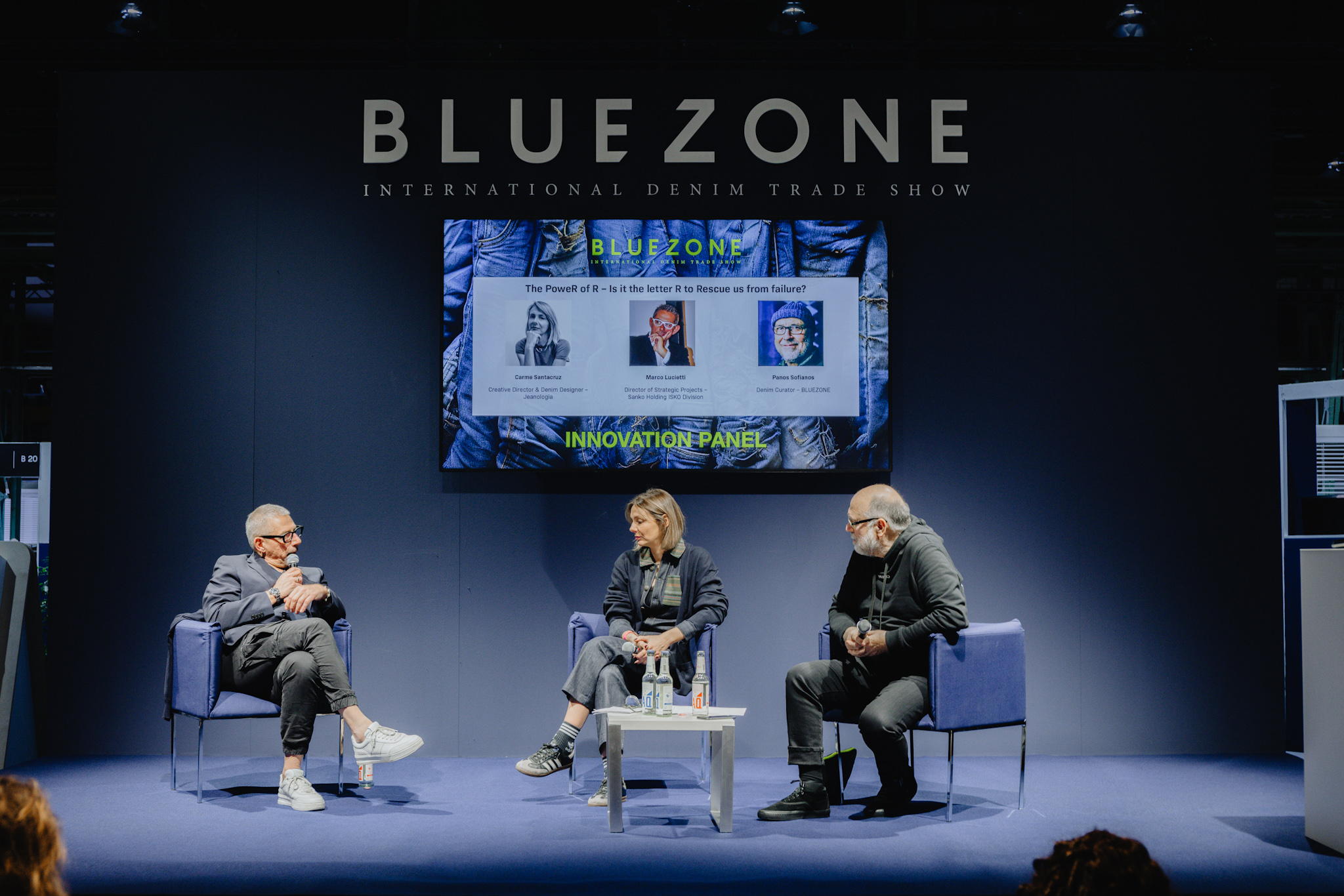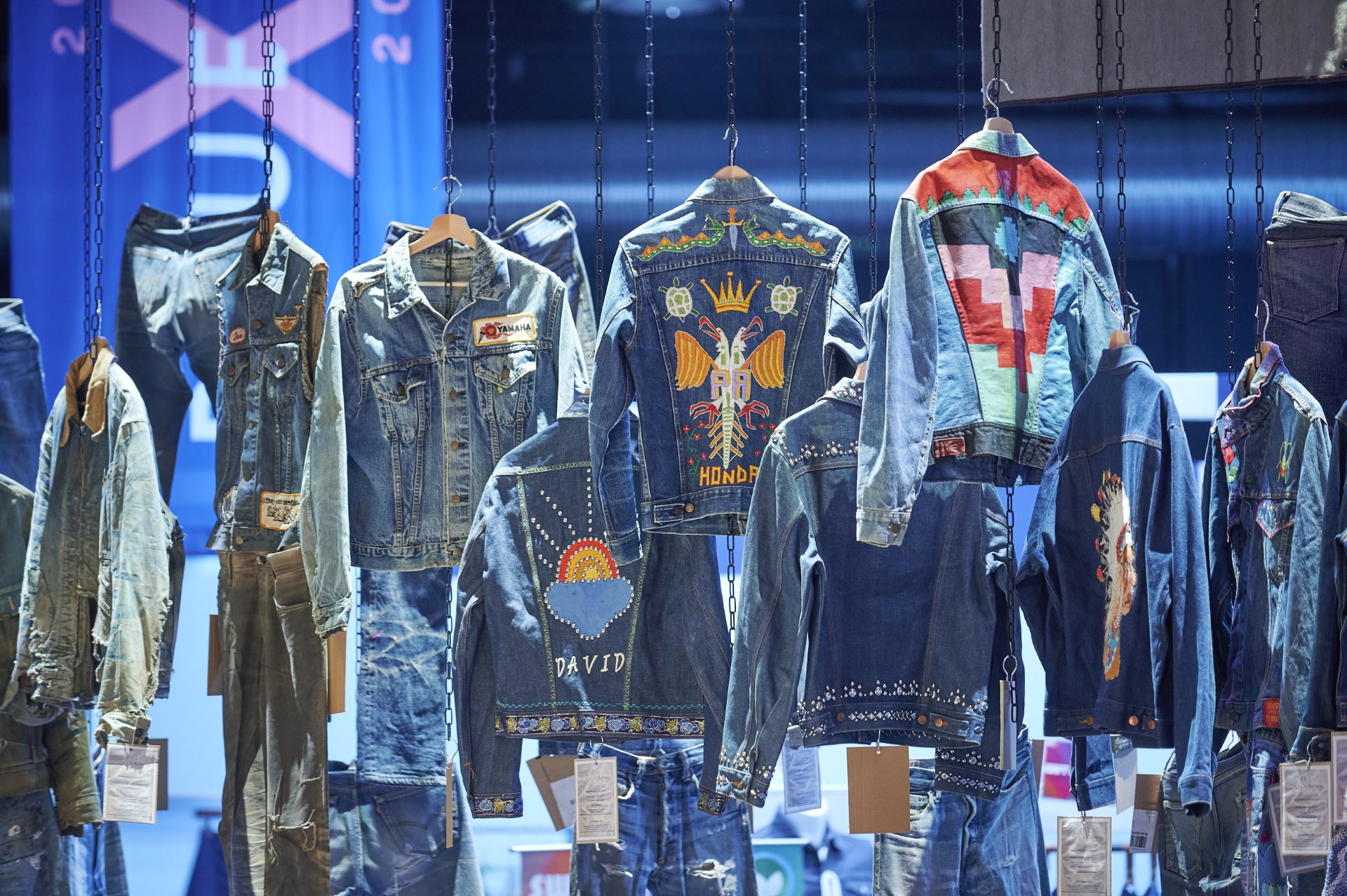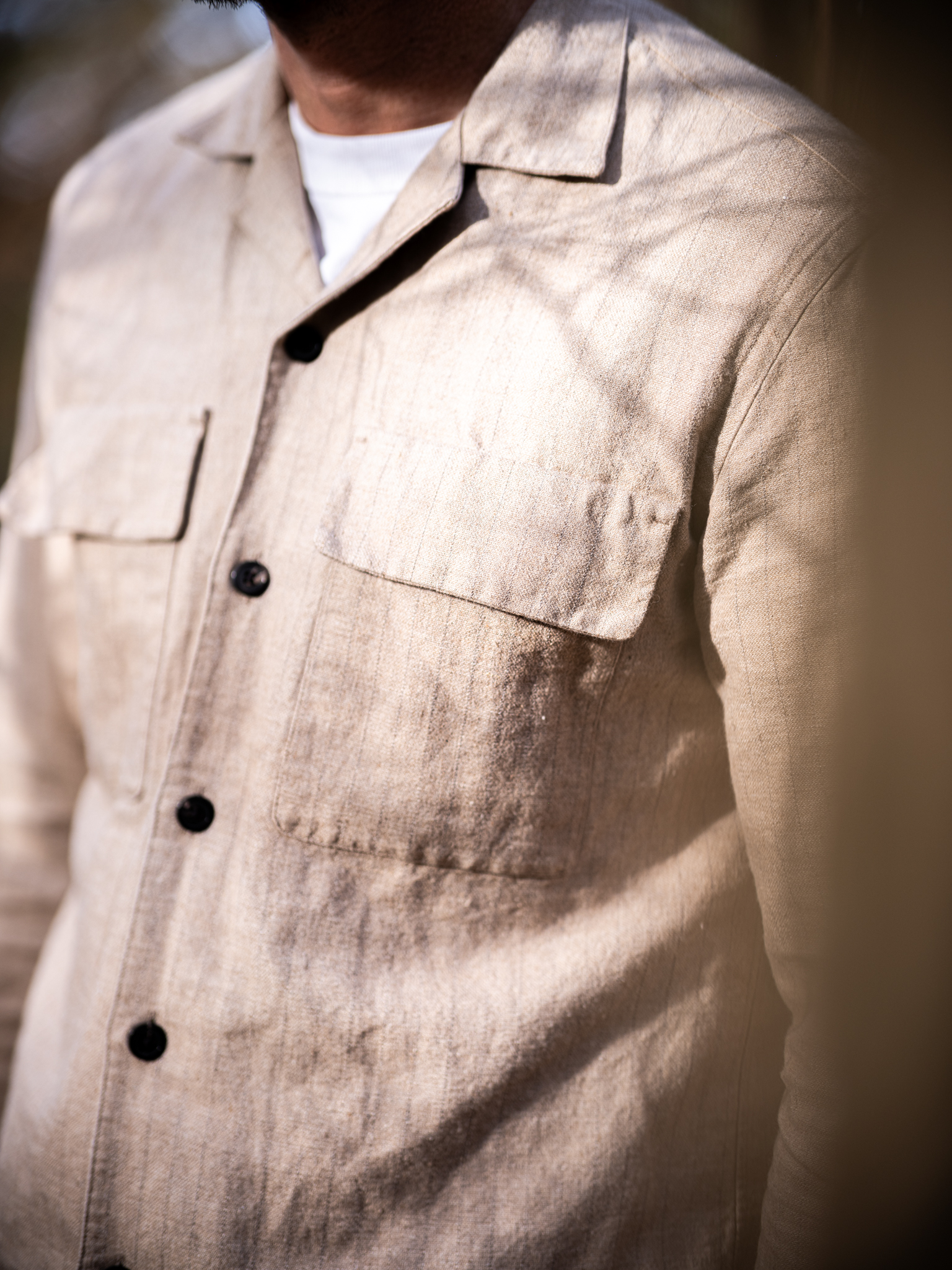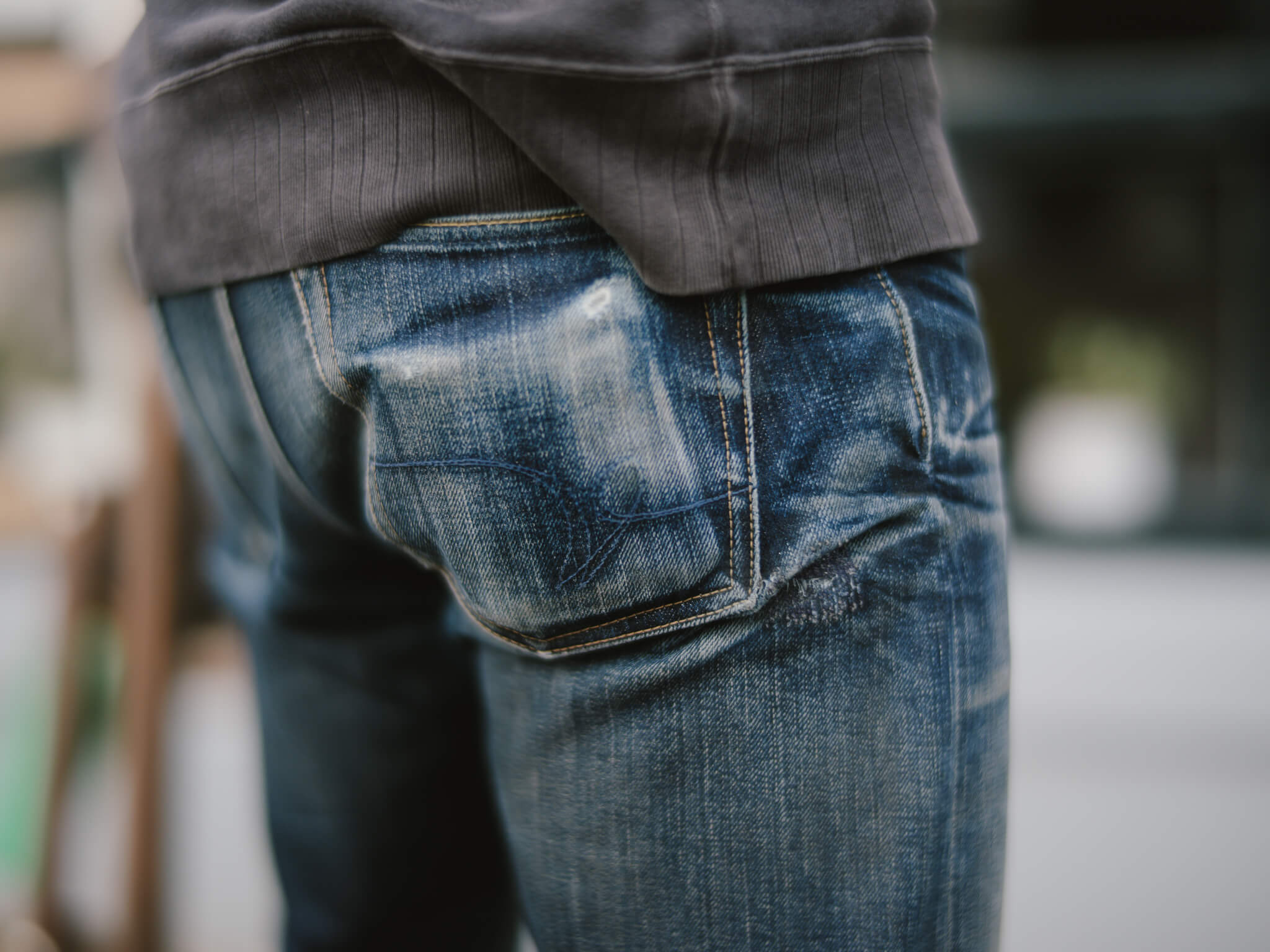Interview with Toshiaki Watanabe: CEO and Designer at COTTLE
COTTLE was established in 2015 and is built on the rich heritage of the Japanese textile industry. The brand, operating from a renovated 130-year-old textile factory in Kojima, is adopting a very Japanese sense of season, aesthetics and culture, which is obviously reflected by their products. The guys behind Cottle are following traditional Japanese production methods and are embracing the boundaries and limitations which can sometimes accompany them.
Toshiaki Watanabe is the founder of COTTLE and current CEO of the brand. He wanted to start his own brand since he was a young kid growing up in Kurashiki City, a city close to Okayama and known for its fabric manufacturing. After finishing his studies in Tokyo, he moved back and began Cottle. Today, Toshi-san is not only the CEO of the company but he is also the designer. His focus is on elevating basic items while giving them a distinctly Japanese feel and heritage.
We reached out to Toshiaki in order to understand more about the history of the brand, the ins-and-outs of the business, and their future plans. Thanks, Toshi-san for giving us a little insight into your denim masterpiece!
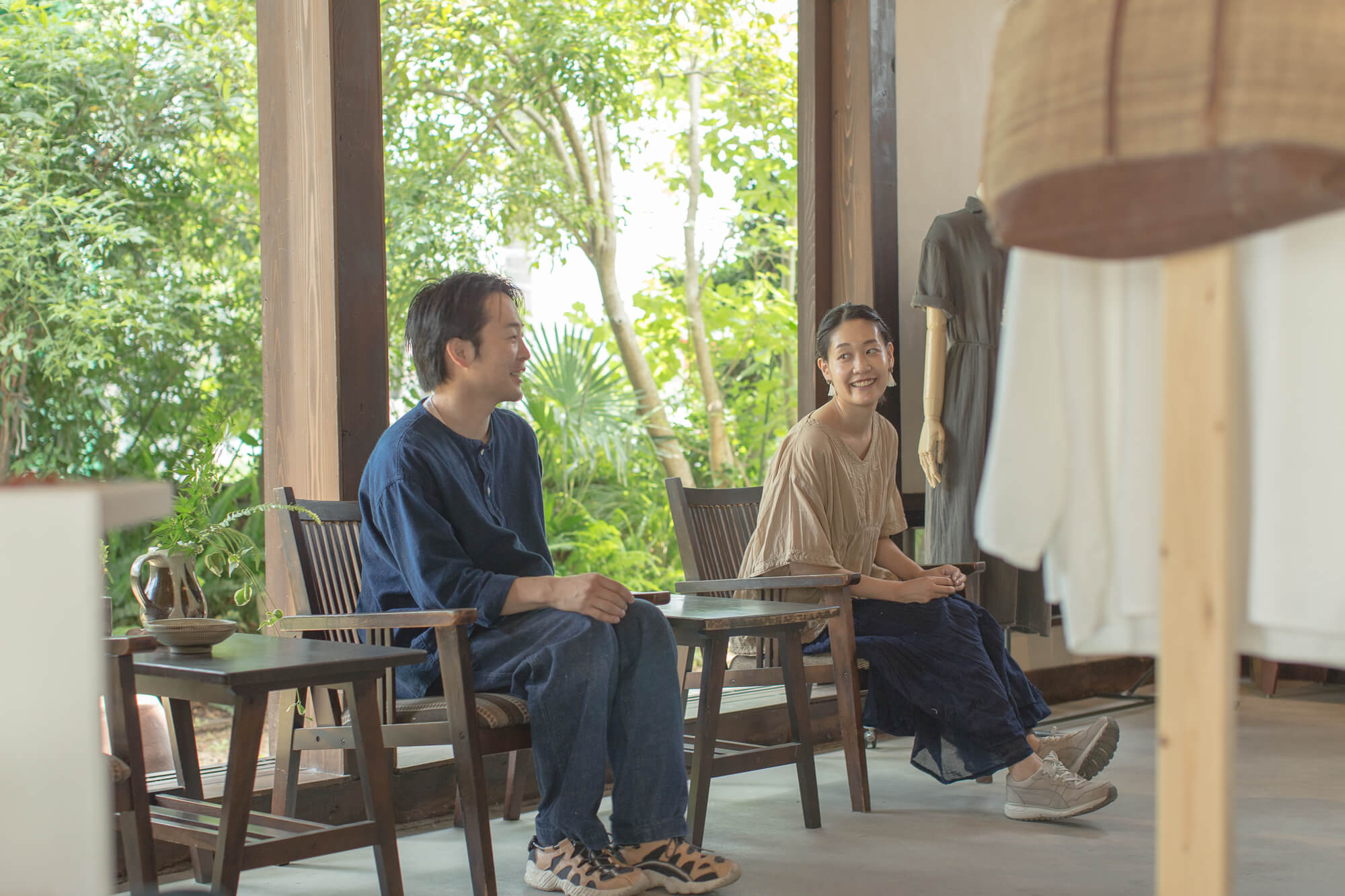
Robin Denim (RD): Dear Toshi-san, can you please start by introducing yourself?
Toshiaki Watanabe (TW): Sure, my name is Toshiaki Watanabe. I was born in Kurashiki City, on January 16, 1985. Kurashiki is known for its high-quality denim as well as the Kurashiki Bikan district, an area which houses a lot of amazing folk art workshops and museums. Since I was 14 years old, I had always wanted to become a craftsman and create my own brand. When I first started picking out my own clothes, I fondly remember that I wore Adidas Stan Smiths as I thought they were really cool at the time. This sort of started my curiosity about clothing and fashion. My parents met and got married in Tokyo, and since I was little, I had always wanted to see the world outside of my small town in Okayama. So, at the age of 18 I moved to Tokyo and went to a dressmaking school called Bunka Fashion College where I met and eventually married my wife (now also business partner), who was one of my classmates at the time. COTTLE was founded on May 5, 2015. I renovated an old folk house and started with two sewing machines that I used when I was a student. I am currently the COTTLE Designer and CEO.
RD: Before we start talking about your work, can you please tell us a little more about the organizational structure of COTTLE?
TW: In the beginning I ran the entire operation by myself, but today COTTLE is made up of 5 people. Currently the organizational structure is as follows:
- Toshiaki Watanabe → CEO / Designer / Sewing / Production management
- Yukari Watanabe → Accessory Designer / Sewing / Production management
- 3 employees make up our sewing staff.
The company is settled in a shop/ atelier/ office, which allows us to be capable of materializing ideas quickly and efficiently. We want to create a group of craftsmen who take pride in “creating the ideas we think up, with our hands.”
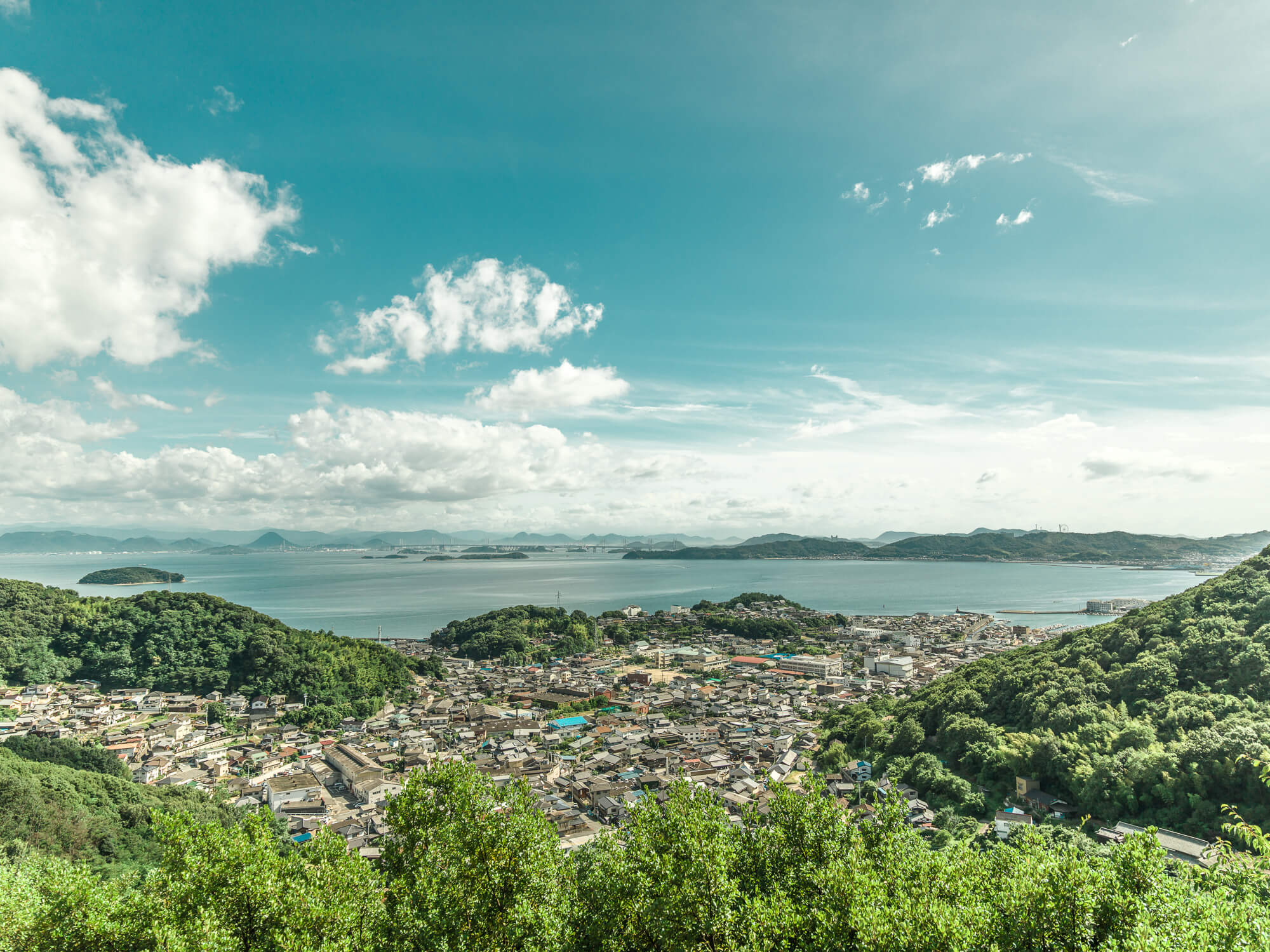
RD: Can you tell us a little bit more about the specific location in Okayama and the advantages or disadvantages of designing, sourcing and producing in this region?
TW: Kurashiki City, within Okayama Prefecture, is a place where old Japanese buildings, known as the Kurashiki Bikan area, are still actively being used. It’s a place where handicraft works (dyeing, weaving, etc.), more often referred to as folk art, are carefully nurtured and prized for their beauty and quality.
Kojima, the birthplace of Japanese domestically produced jeans, is a textile town that started in the production of tabi socks, then shifted to the production of jeans, school uniforms, workwear, and now produces a wide range of clothing. In particular, these weaving shops, as well as dyeing, processing, and sewing factories, which are considered sacred places for jeans and are involved in the manufacture of high-quality denim, are still in operation to this day.
One great advantage of operating here is that within a twenty minute car ride we can access almost all of our production houses to check and confirm production processes in-person. The only downside is that the aging population could pose a problem, as there is little interest in this industry from younger generations. Our atelier is located around the historic area where the first made-in-Japan jeans were produced.
RD: COTTLE was established in 2015. What have been some of the highlights for you? Has your ‘design approach’ change over the years?
TW: Since we moved to our 130-year-old folk house in 2018 everything has changed. We had our first exhibition in New York that year. Kojima is called the birthplace of Japanese jeans, and 50 years ago or so everyday American clothes were imported into Japan. This contributed to the development of the local industry. As an expression of gratitude, we would like to spread the new interpretation of Japanese denim to the US. We were fortunate to have a good start. The design approach for our brand always includes natural pigments and materials – this approach has not changed since we started.
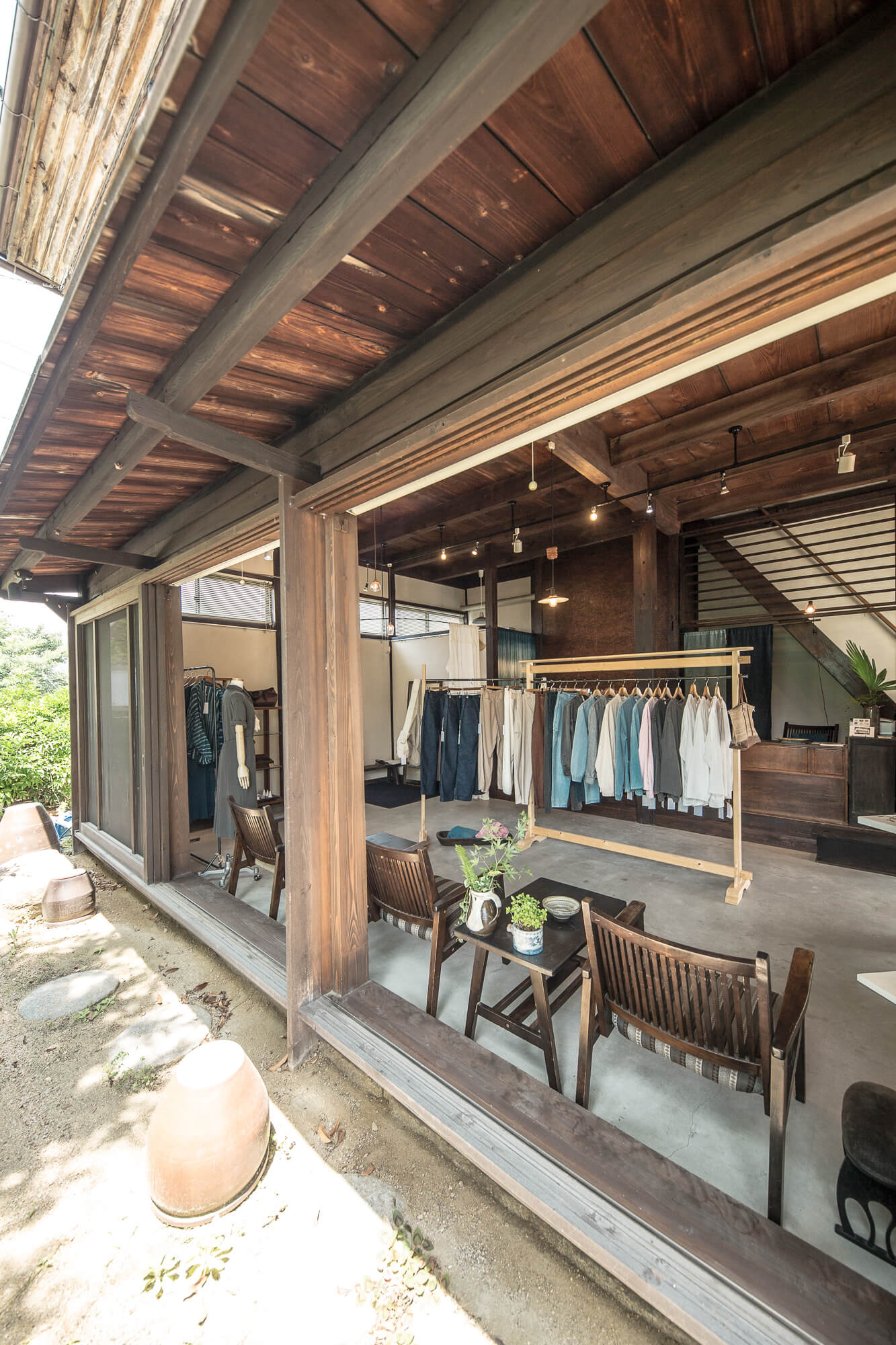
RD: About your work as designer for COTTLE; how do you start building a new collection?
TW: The source for our designs is rooted in local customs. For example, Kojima originally made tabi socks. Currently, due to the popularity of sneakers and boots, their existence value and production volume have decreased. We found a fabric called ‘Itto Unsai’ that was used for tabi and I was impressed with the material and thought about whether it could be used for clothing. Through trial and error, we were able to create a hemp cotton fabric that worked out really well. It has a subtle nuance that gives it a rustic finish but with the sturdiness of 100% cotton. So it’s a bit of a blend of old and new and this gives us a unique fabric that is crucial to our concept.
RD: What are the most important influences for COTTLE’S collections? Where does the inspiration originate?
TW: For me it’s important to be able to create things which have no hidden elements. In other words; transparency. I think that knowing exactly who did what is important in making things. I think it’s the same with vegetables and other foods. It makes the object more enjoyable and allows us to appreciate it more if we know the person who made it. I think the clothing we make will be continuously used and reused as second-hand clothes even after I die. At this time, it is important to consider that the aging of clothing has taken on the taste of the time, as high-quality garments become even better as they age. In other words, we operate under a set of values: “Health, leanness, seriousness, dignity, wisdom, and manufacturing responsibly.” This is the philosophy that I am always thinking of.
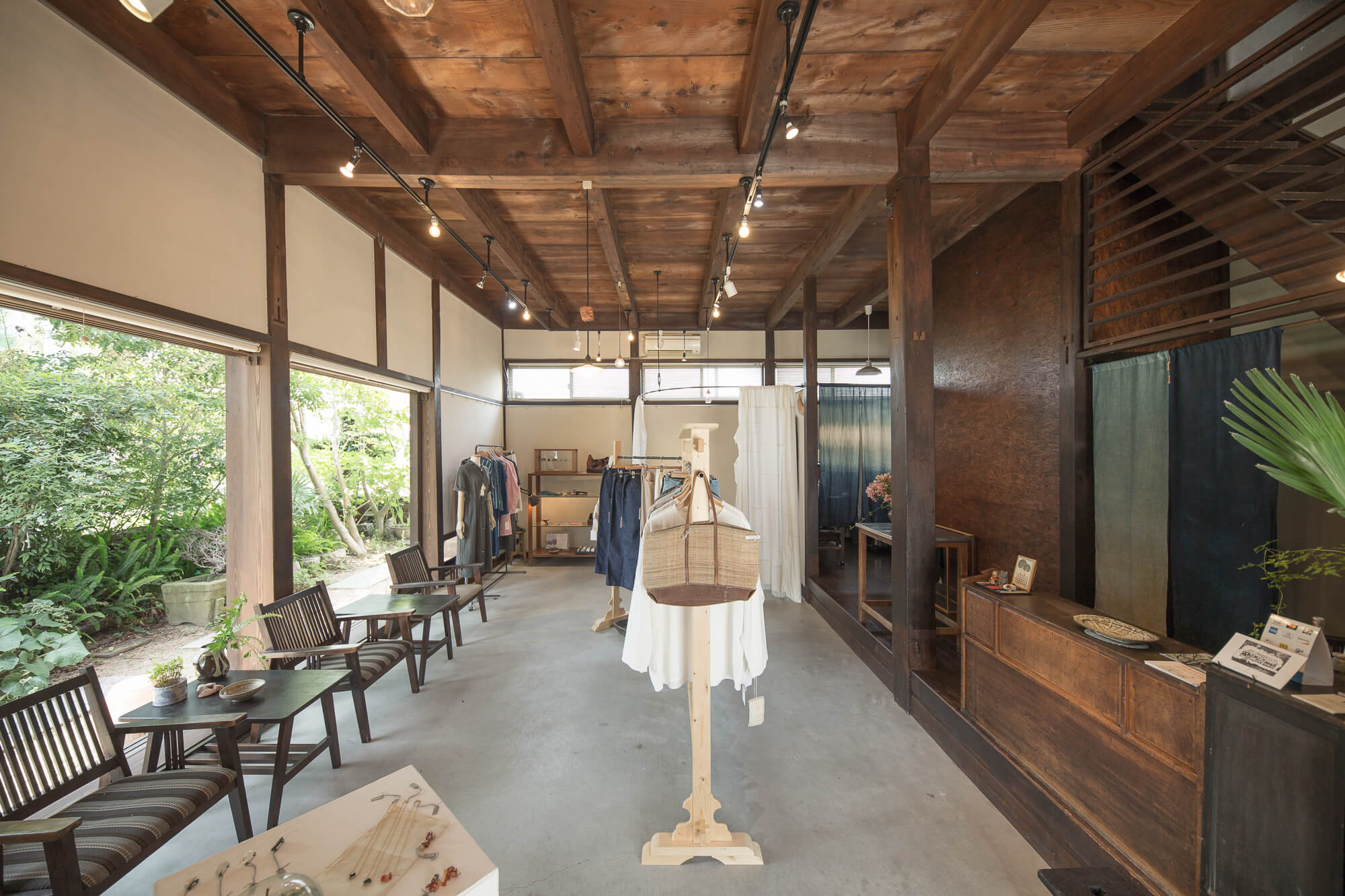
RD: What is your biggest design achievement for COTTLE?
TW: The COTTLE Bengara Jeans expresses our core design values strongly. The fusion of traditional Kurashiki woven patterns made from red iron oxide and Kojima jeans. I think it’s a beautiful fusion of handcraft and industrial products, which are usually separated from each other.
People often believe that we made our original jeans right at the start. It had been the aim of COTTLE to have an original pair of jeans from the beginning, but it took 4 years from the idea to completion of this project, and it took 2 years just to manufacture it. It was completed relatively recently. Maybe it isn’t such an efficient process, but it was important to make something that I totally believed in, especially since our business is from the most sacred place for denim.

RD: Japanese (denim) fabrics are commonly known to be of an extremely high-quality. Where and how do you select the fabrics?
TW: Prior to starting this business, I worked at a jeans manufacturer that produces jeans for brands globally. I worked there for many years, and I tested various materials and colors that matched the brand image. We had been producing for a wide range of companies from global brands to brands for denim enthusiasts. At the same time, I was always thinking about which material combination and color to use if I was going to make jeans. Naturally we wanted to incorporate indigo, which was the original dye for domestic jeans, and I’ve been working with a fabric shop in Okayama that has been able to reproduce this color for a long time. The red colors are all dyed by hand. Since there is no ideal cotton and hemp thread, we started from zero and developed our own original thread. Every process is shaped through interaction with each Okayama craftsman.
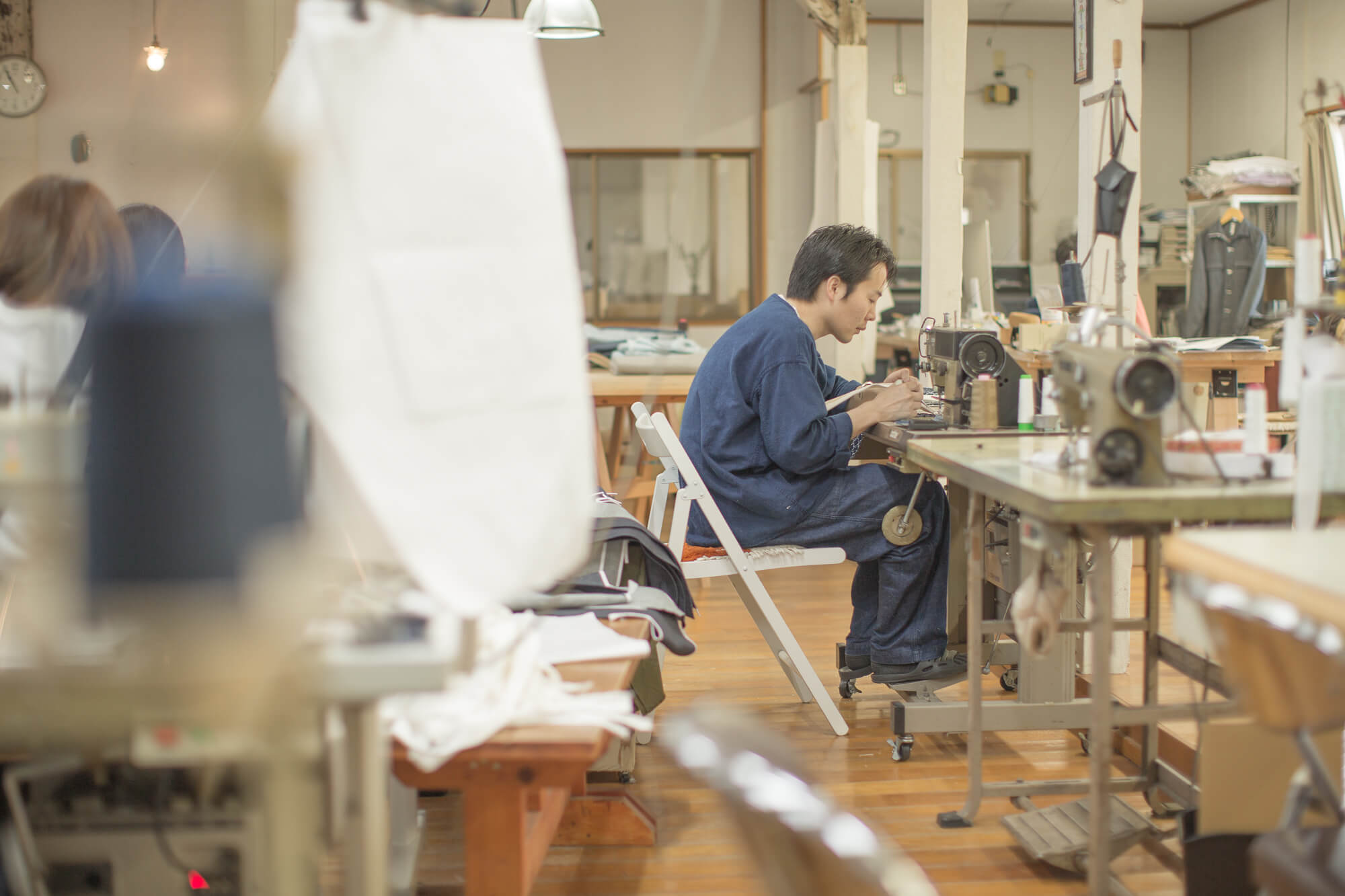
RD: How does your personal take on denim and fashion influence the garments you have designed for COTTLE?
TW: We would like to provide luxury items for daily life in the form of casual everyday wear. This is because we believe that there is an aesthetic sense of life and a richness in everyday style. I would be happy if I could create a feeling of pride and satisfaction for people wearing our clothes.
RD: What are your thoughts on sustainability? And how do you incorporate this matter into your work?
TW: Manufacturing is essentially the act of creating, and when creating something in a negative way, it doesn’t benefit anyone. I don’t necessarily choose the material or fabric for environmental reasons, but I understand organic material or natural dyes are a luxurious thing in daily life. It is important for us to create responsibly, and we use traditional materials as a guide, and take them in new directions. As a result, we think we are creating a sustainable product and hope people find attractiveness and uniqueness in each garment. Everything requires a sense of balance, so I think it’s scary to make sustainability a so-called fashion term. Like how the word “LOHAS” has become popular in the past and is now forgotten…As a craftsman, I must not forget that everything is closely connected to people and to society.

RD: Where do you see COTTLE in 5 years?
TW: Interesting question. For a small-scale craft brand, surviving in an era in which modern things are saturated is a very exciting and continuous challenge. Despite these challenges, there are people who are interested in our thoughts and our products, and continue to buy our garments. There is a limit to the size of our circle, and it is important to maintain quality and our values in the creation of things. However, we believe that the number of people who engage with our brand will expand this circle of ideas and things. It’s my hope that an unexpected exciting challenge arises in the next five years, something I wouldn’t have imagined. Essentially, my answer is that I hope we can simply continue our creation, even 5 years from now.
RD: From the very first moment Cottle popped up on our radar, we have been following the brand with great interest! Their designs breath a very organic sense of Japanese style, not to mention their wonderful fabrics! We owe Toshi-san a big thank you for providing us with an exclusive behind-the-scenes insight into COTTLE!
Head over to Cottle’s website to see what made us fall in love with the brand and make sure to give them a follow on Instagram!

 Share
Share
 Tweet
Tweet
